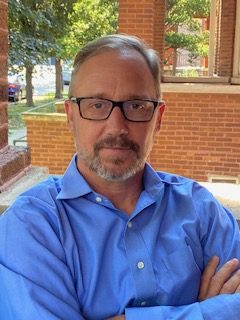The making of “The Mindless Menace of Violence”
January 12, 2011
The most famous Robert F. Kennedy speech is probably and understandably the one he gave spontaneously, in inner-city Indianapolis on April 4, the day Martin Luther King was shot. But there is no Wikipedia page about “The Mindless Menace of Violence,” which Kennedy delivered the next day, at the City Club of Cleveland.
In his memoir Counselor, Kennedy speechwriter Ted Sorensen recounts how the speech came about.
Addressing a shocked black gathering in Indianapolis, RFK gave extemporaneously the most moving and powerful speech of his life, pleading for domestic peace as well as justice. He then telephoned me at home in Washington and asked for my thoughts on a speech scheduled for the next day in Cleveland, saying he would call me back in an hour. When I hung up, I scribbled as quickly as I could on scraps of paper—with the assassination of King in my mind, but the assassination of John F. Kennedy in my heart.
When Bobby called back, I read the above notes as he wrote them down. I don’t know whether he was on his plane or in his hotel room. I remember only that it was a night of ineluctable sadness. My text was a portion of his moving address the next day. His team later that night inserted my language into a speech they had drafted. As his own biographer, Jack Newfield, would write, “The speech can now be read as RFK’s own epitaph.”
More than that, actually. “The Mindless Menace of Violence” also a more coherent version of the famous Indianapolis speech, and it contains ideas we can apply to our remaining problems with violence, more than 40 years later.


